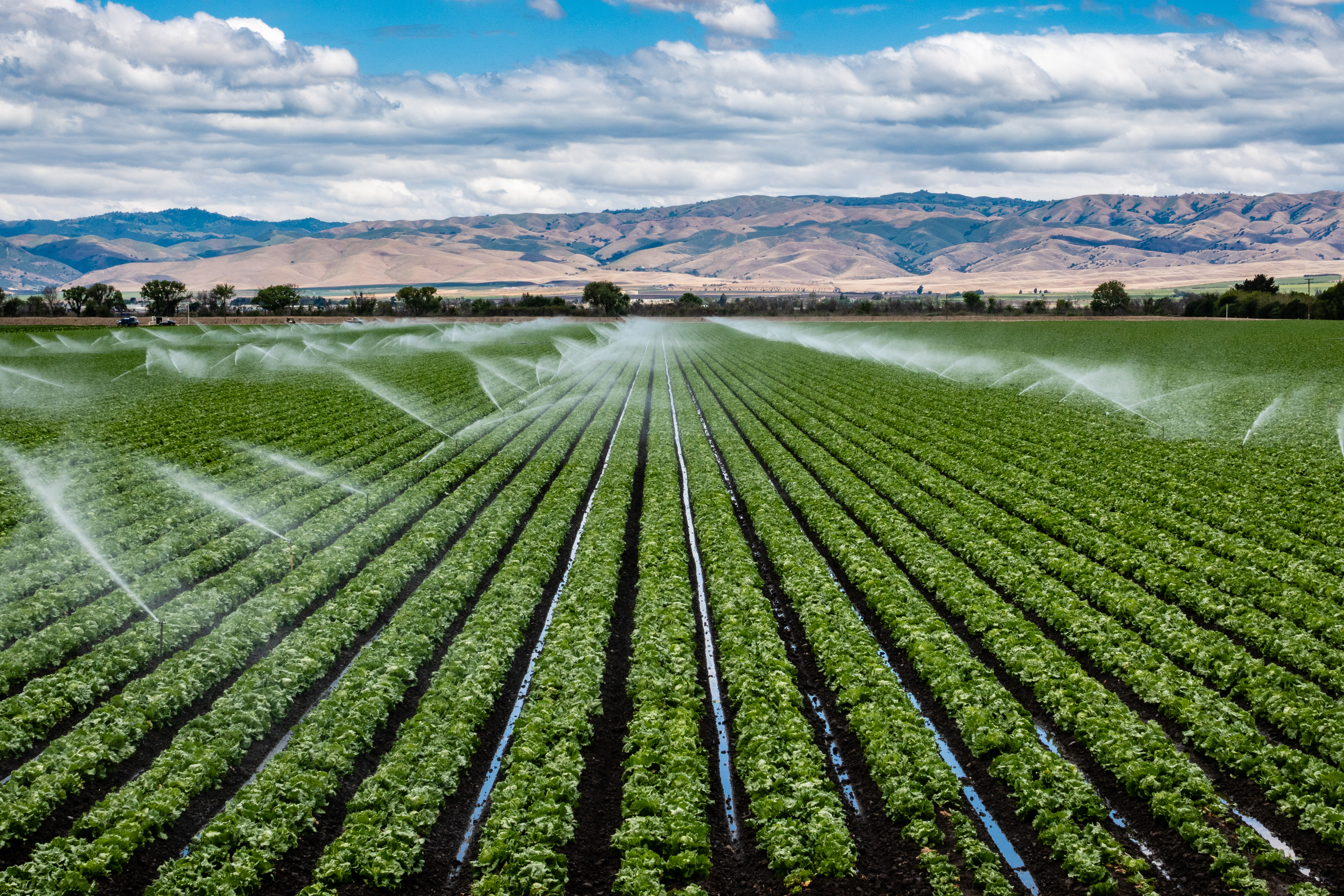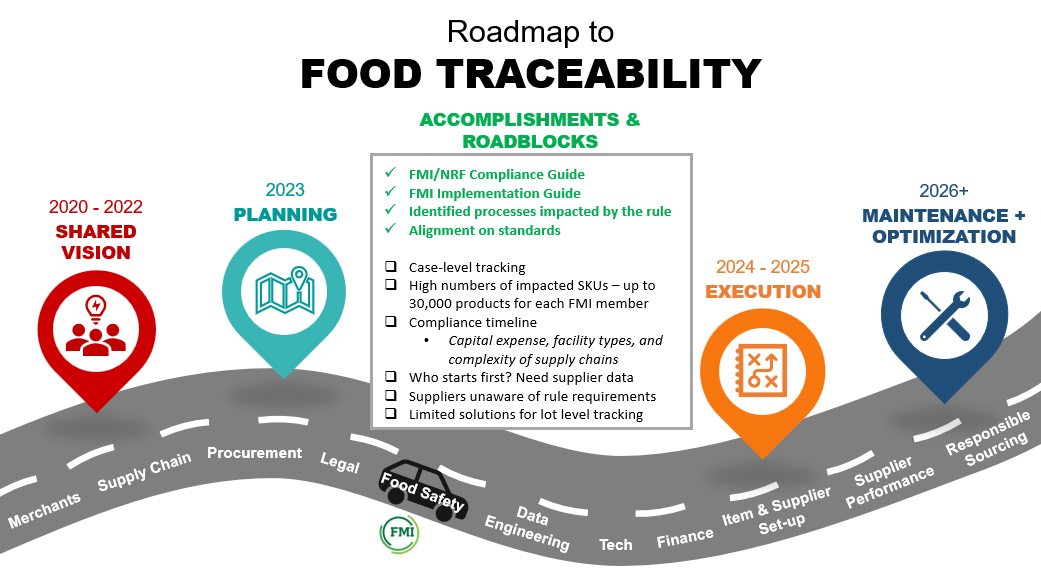By: Adam Friedlander, Specialist, Food Safety and Technical Services, Food Marketing Institute
Across the food industry, voluntary warnings – called precautionary allergen labeling (PAL) – are included on finished products, or display cases, to alert customers about potential cross-contact with an unintended allergen source. The FDA, academics, and allergic consumers continue to evaluate the scientific legitimacy of these claims in an effort to provide shoppers with an honest and transparent label. Common examples of these food allergen advisory statements include:
- May contain [peanuts]
- Processed in a facility that uses [almond] ingredients
- Manufactured on equipment that processes products containing [milk]
- Manufactured on shared equipment that may contain trace elements of [wheat]
Precautionary statements should never be confused with a required “Contains [allergen]” statement, which is regulated under Food Allergen Labeling and Consumer Protection Act of 2004 (FALCPA). It is important to note these advisory statements carry equivalent weight when addressing the risk of allergic reaction. PALs cannot be substituted for good manufacturing practices and cannot be misleading, according to the FDA. If cross-contact is inevitable, identify this allergen on the required label, as this will provide consumers with the most educated purchasing decision.
Undeclared allergens are the leading cause of U.S. food recalls, representing 47 percent of total recalls. Human errors -- such as omitting allergens from the label, using the wrong package or label, using incorrect terminology, and failing to carry forward information from an ingredient to the final label -- comprise 88 percent of allergen recalls, whereas 12 percent come from cross-contact, according to the total number of allergen recalls reported in a 2013 Journal of Food Protection study.
Below are some key areas of an effective allergen management to reduce food allergen risk:
- Safe product handling; minimizing cross-contact during preparation and service
- Review and verify ingredient sourcing
- Ensure ingredient and recipes match the product specifications
- Implement best practices for cleaning and sanitation
- Establish corrective actions (e.g., spill cleanup program in the event of a spill containing one or more allergens)
- Letter of guarantee from each supplier of a finished product, component ingredient or raw material. This letter must state that [the supplier] will provide advance notification of any formulation change. The retailer should initiate appropriate follow-up with suppliers to assure compliance
- Ensure standard recipes are followed at store level. No ingredient substitution should be made without prior authorization from management
- Verify the accuracy of the ingredients that are programmed into the scale systems, shelf labels or identification tags that provide ingredient information to consumers
- Verify scale hardware memory capacity produces accurate ingredient printouts
- Establish a process to verify the product is properly identified, and the correct label or sign is placed on the product prior to sale
- Implement employee training program on the food allergy awareness
As meals prepared within the stores increase, it is critical to implement strict cleaning, labeling, and documentation protocols to effectively manage allergens, and ensure accurate information is presented to consumers about allergens. The retail food industry is committed to implementing strong allergen management practices to protect consumers through transparent and trustworthy labeling.
Visit the FMI Retail Allergen Resource Guide and download the new SQF Food Safety Code for Food Retail to learn more about effective allergen management.
For more information, visit www.FMI.org/FoodSafety.


 Industry Topics address your specific area of expertise with resources, reports, events and more.
Industry Topics address your specific area of expertise with resources, reports, events and more.
 Our Research covers consumer behavior and retail operation benchmarks so you can make informed business decisions.
Our Research covers consumer behavior and retail operation benchmarks so you can make informed business decisions.
 Events and Education including online and in-person help you advance your food retail career.
Events and Education including online and in-person help you advance your food retail career.
 Food Safety training, resources and guidance that help you create a company food safety culture.
Food Safety training, resources and guidance that help you create a company food safety culture.
 Government Affairs work — federal and state — on the latest food industry policy, regulatory and legislative issues.
Government Affairs work — federal and state — on the latest food industry policy, regulatory and legislative issues.
 Get Involved. From industry awards to newsletters and committees, these resources help you take advantage of your membership.
Get Involved. From industry awards to newsletters and committees, these resources help you take advantage of your membership.
 Best practices, guidance documents, infographics, signage and more for the food industry on the COVID-19 pandemic.
Best practices, guidance documents, infographics, signage and more for the food industry on the COVID-19 pandemic.
